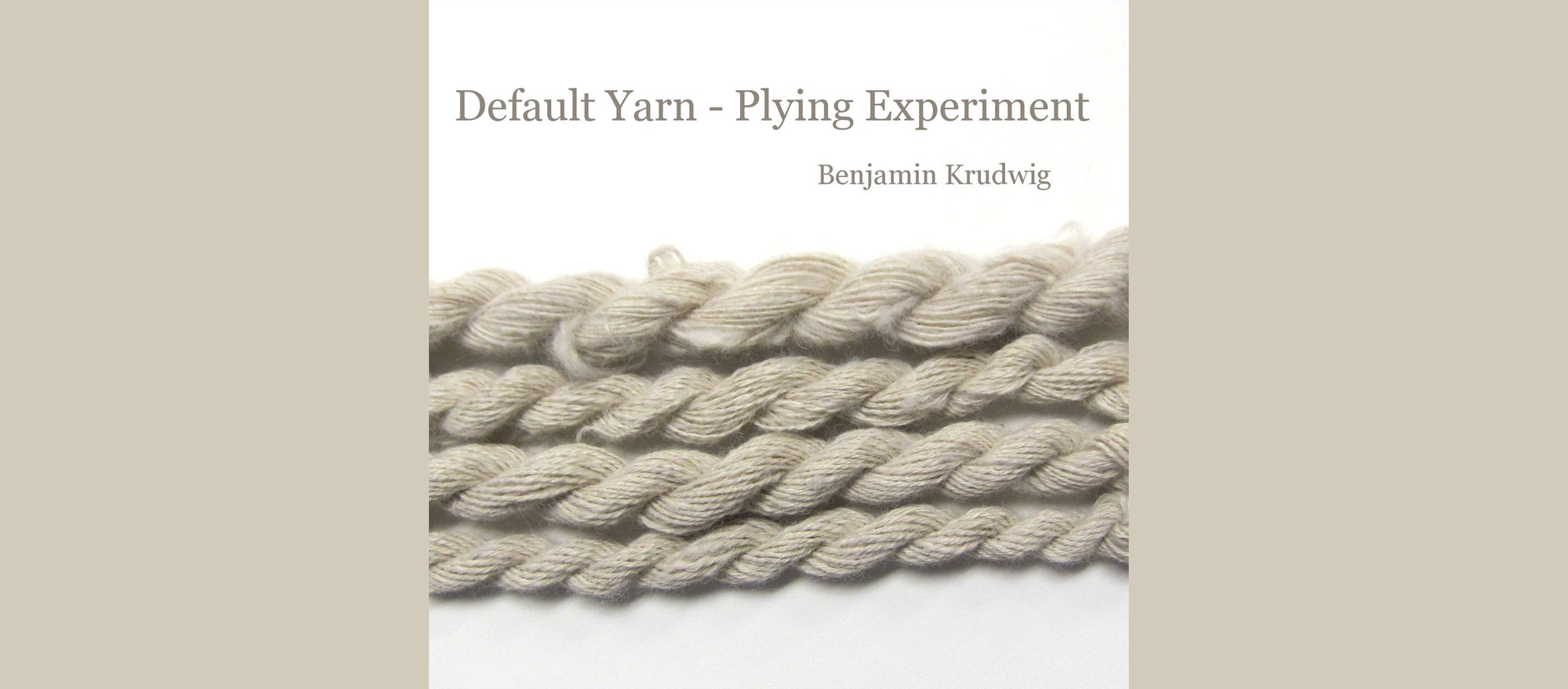By Benjamin Krudwig
Initially when I started thinking about my yarn, I thought "I will make a worsted weight 2-ply yarn." However when I started to think deeper about my "default yarn," I realized it wasn't the weight or ply of the yarn, but the mechanics of how I spin that makes it my default yarn.
I tend to let the fiber speak for itself. Because I still call myself a novice spinner and because I love all yarns, I enjoy spinning many different kinds of fiber. However, alpaca is my all time favorite. With Spinzilla coming up in October, I am brushing up my spinning skills and thinking of what I want to spin for that week. Creating goals for myself helps me follow through and actually accomplish something. I do know: Whatever I am going to do, it is going to be big.
I dug out my alpaca fleece I'd purchased earlier this year and started processing it. At a few pounds, its surely enough for a big project. After a little picking, washing, drying, carding, and more picking, I finally had 3 small batts ready to test spin. I spun these on my 30" Schacht-Reeves not thinking of much except for fineness and consistency. There are lumps and bumps, nubs and slubs, but I left them all. I enjoy the rustic and casual experience of handspun yarn.

Since I won't be dyeing this this yarn and I will probably knit it into a sweater with it, I decided I should play with plying techniques to create an interesting texture in the finished piece. I spun some singles, a 2-ply, a 3-ply, and a 4-ply. All of these yarns have a unique personality which will give the finished knit piece a different physical and visual texture.
For the singles I attempted to spin a roughly worsted weight size yarn. However since I have started to spin fine, all of these yarns fall into the DK weight category. Since alpaca is a fine fiber, I spun the singles with a little extra twist to avoid drift.

Sample sticks help me see all of the yarns in one place.
For plying, I turned to my Sidekick, which I keep set up with my Bulky Plyer Flyer. This way I can ply easily and not change bobbins so often.
For the 2-ply, 3-ply, and 4-ply yarns, I spun very fine singles and used them for each of the sample yarns. This gave me different sizes of yarn, though surprisingly, they yielded similar wpi (see above). That is, until I knit the swatches.
A few things changed as I increased the number of plies. The first and most apparent was the texture and physical weight of the swatch which more dense as I added more plies. The second observation was a halo effect. The swatches knit from singles was far less controlled with a fuzzy, soft texture in the fabric. The 4-ply had a much more controlled look to it, with less of a halo and a very clear stitch definition.
Something to keep in mind is that the singles (being naturally unbalanced) had a clear bias towards the right.

alpaca singles

2-ply

3-ply

4-ply
For my finished project, I think I'll use the 3-ply yarn as it had just the right density, control and halo for a warm and comfortable sweater with a nice drape.
This experiment taught me that you can achieve varying textures just by changing the number of plies. Also, as always, swatching is critical step not to be forgotten.
I now know exactly what I'm spinning for Spinzilla, do you? Tell us in the comments what your plans and goals are for October 6th-12th. We'd love to hear all about them!

